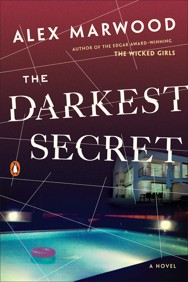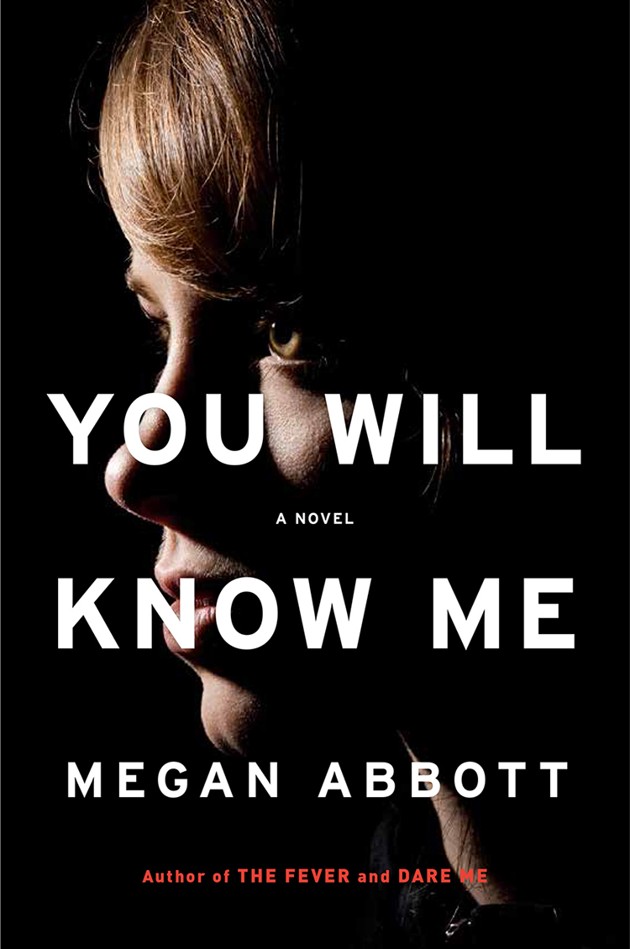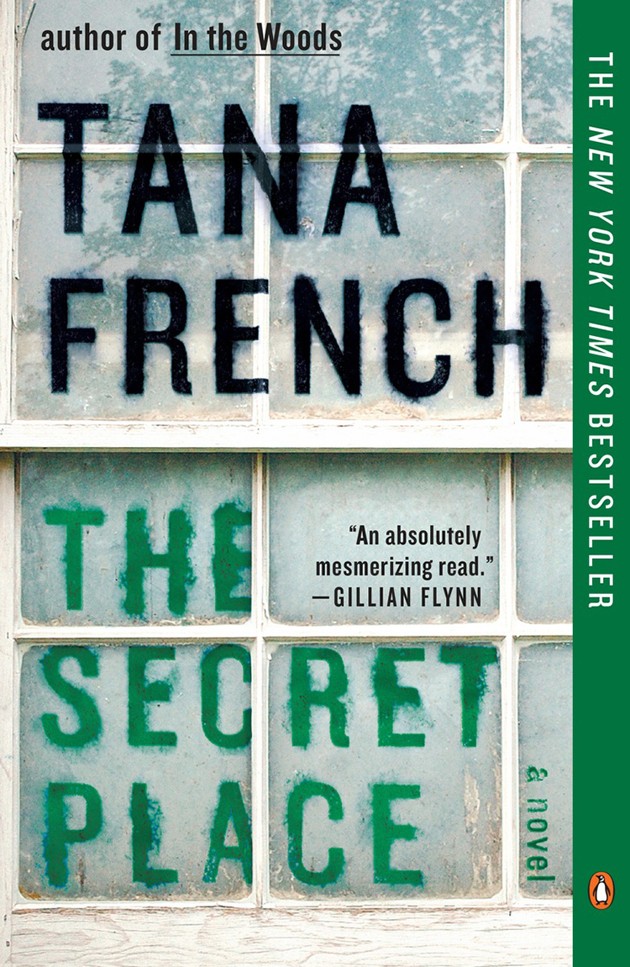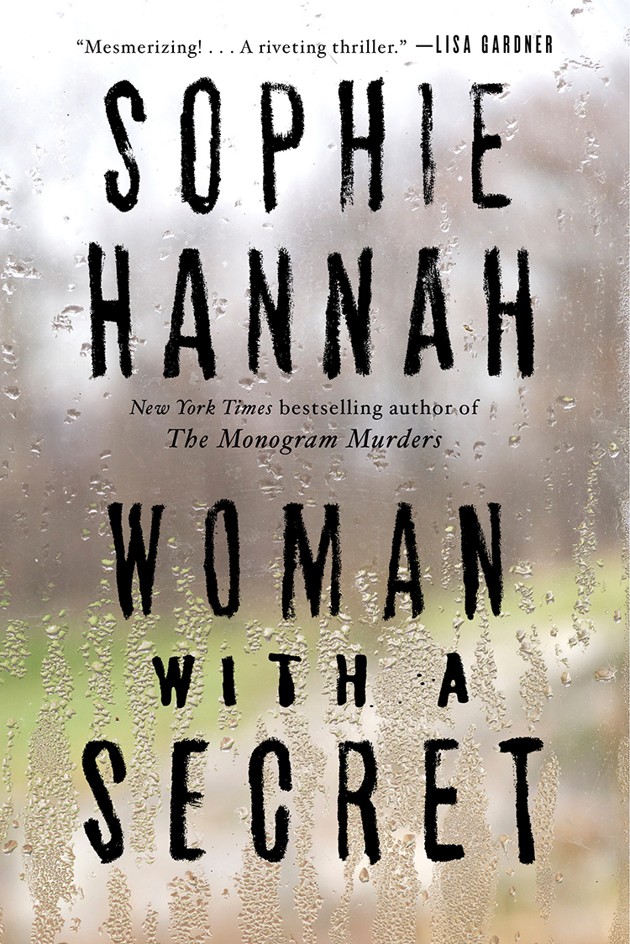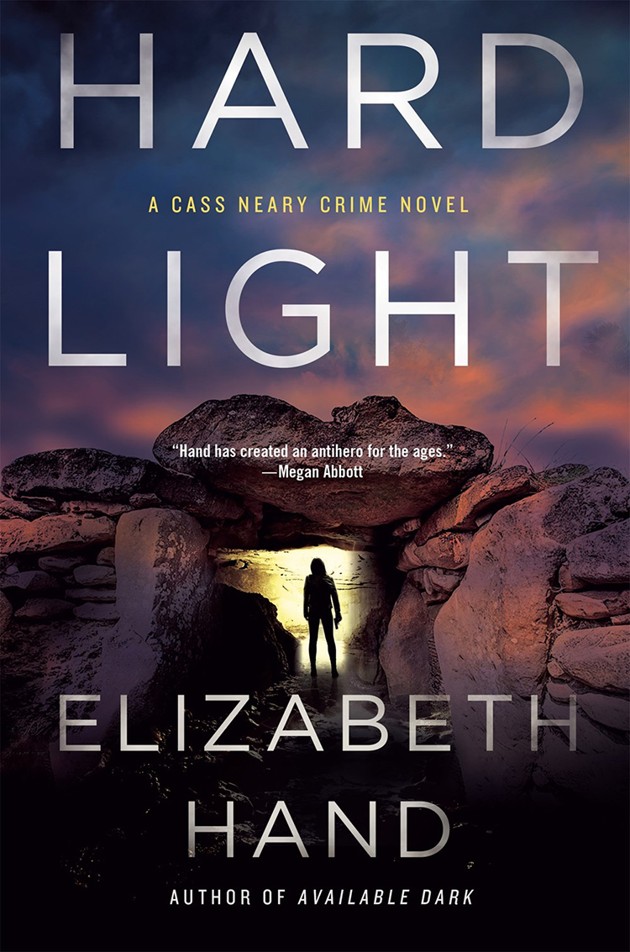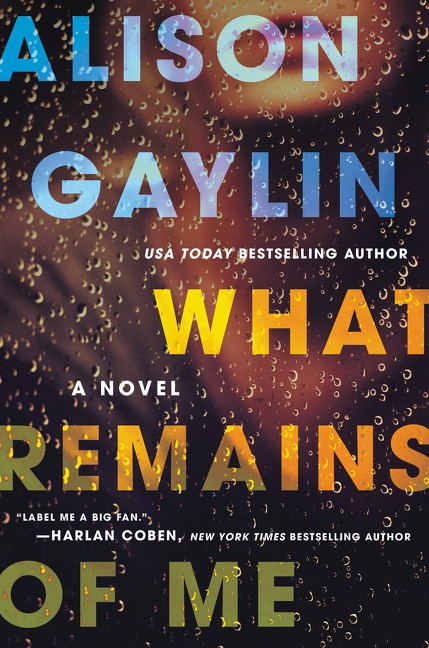Just in time for the start of another college football season we have this memoir from Rod Bramblett. As best I can remember, I'm not sure I knew who Rod was when he was named our football play-by-play after the untimely death of Jim Fyffe.
It turns out that he had been doing Auburn baseball for many years. He was there when Auburn last went to the College World Series in '93 and '97. The first part of the book deals with his baseball memories. It's good to remember Frank Thomas and Tim Hudson. They played in the days when we could barely keep up with Auburn baseball since there was no internet and no radio broadcasts heard in the Birmingham area.
He talks about the anguish of finally scoring our first touchdown of the 2003 season yelling "Touchdown Auburn!" to honor Jim Fyffe. He speaks of our short-lived #2 ranking in 2006. For some reason I do not remember that #2 ranking in '06. Just how good was the 2004 team? Could it have beaten USC? Unfortunately we will never know. He writes about the 2010 season of course. Will we ever see a football player like Cam again? Basketball is still a promise with Coach Pearl. I'm betting the best of Auburn basketball is yet to come.
Rod Bramblett is a good Auburn football man.
In Trump’s Empire, Hazy Ties and $650 Million in Debt
- A Times investigation into the financial maze of Donald J. Trump’s real estate holdings in the United States reveals that companies he owns have at least $650 million in debt.
- That is nearly twice the amount apparent in his federal election filing







